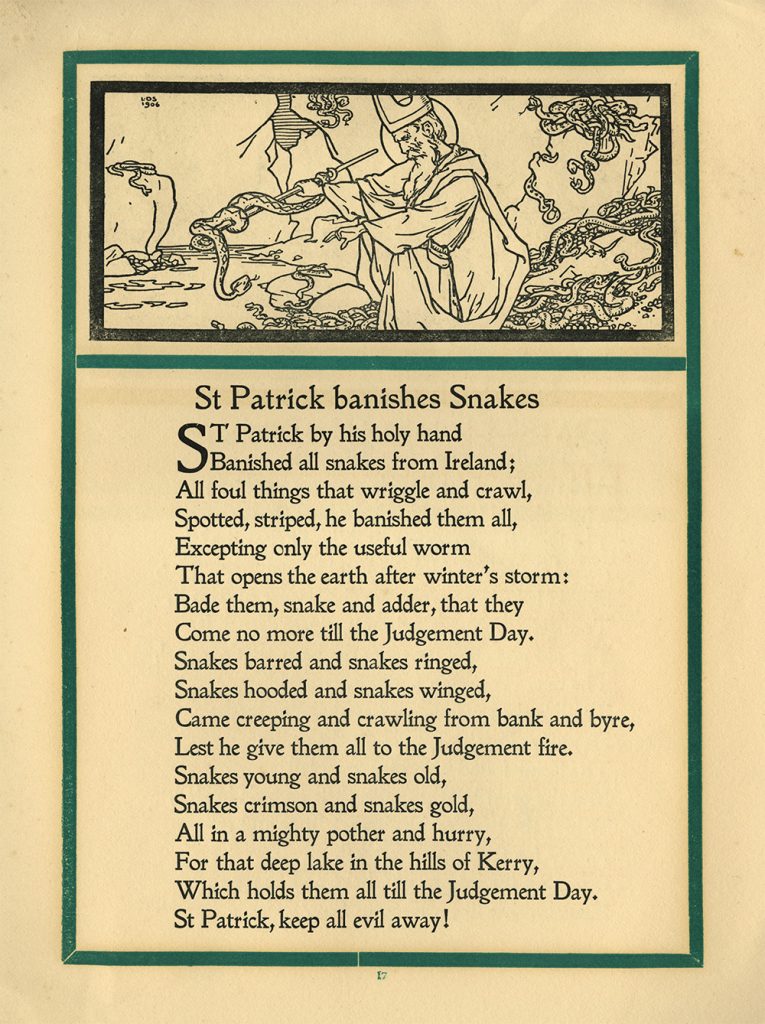Here at the Rare Book Collection, we find ourselves agreeing with Miss Emily Dickinson–we, too, like March. Especially as it brings with it our 2015 Recent Acquisitions Event. February snows caused us to postpone this biennial showcase of the collections, but its time has come ’round at last. On March 31st, we invite you to join us in the Grand Reading Room in Wilson Library from 5 to 7 p.m. for a not-under-glass display.

The items on display were acquired over the last two years and include purchases made on endowed funds as well as materials donated by alumni, staff, and other friends. The great variety of the display underscores not only the diversity of collecting interests within the Rare Book Collection, but also the intellectual passions of our community of benefactors.

T. S. Eliot. Four Quartets galley proof. New York: Harcourt, Brace and Company, 1943 | Patton Folio-2 PS3509 .L43 F6 1943b | Gift of James R. and Mary M. Patton.
The pictures in this post highlight just some of the materials included in the event—the full list is so superlative that we find it rather difficult to pick examples.
Literature in English is well represented by items as diverse as galley proofs for T.S. Eliot’s tour de force modernist masterpiece The Four Quartets and Geffrey Whitney’s A Choice of Emblemes and Other Devises (1586), the first illustrated English emblem book, thought to have informed Shakespeare’s works.
There are also strong examples of innovation in visual media, with items such as Flora Anomoia (1817), the first British book illustrated by nature printing, Ansel Adam’s photographic volume Taos Pueblo (1930), and Amaranth Borsuk and Brad Bouse’s Between Page and Screen (2012), an experimental book that explores the pleasure and play that emerge when the printed page meets the computer screen.

Farīd al-Dīn ʻAṭṭār. Pend-namèh. ou Le livre des conseils de Férid-Eddin Attar. Traduit et publié par M. le B. on Silvestre de Sacy. Paris: Debure brothers, 1819 | Accession 130829 | London Fund
The Acquisitions Evening is also our opportunity to showcase the global aspect of the Rare Book Collection. The evening will include poetry and fiction from France, Ireland, Persia, and the West Indies, travel books on Mexico and the Yucatán, French colonial serials from Vietnam, and books printed in Scotland, Russia, Barbados, and Belgium.
As an added bonus, visitors will also have an opportunity to view the exhibition An Alphabet of Treasures: Special Collections from A to Z in the Melba Remig Saltarelli Exhibit Room. The exhibition features a wide array of items from six University Library special collections, arranged alphabetically by themes—including three recent Rare Book Collection acquisitions: the University Library’s seven millionth volume, Juan Latino’s Ad catholicum … (1573); an early nineteenth-century traveling library; and Karel Teige’s avant-garde masterpiece Abeceda (1926).
The Rare Book Collection Recent Acquisitions Evening takes place Tuesday, March 31, 2015 from 5 p.m. to 7 p.m. in the Grand Reading Room in Wilson Special Collections Library. The event is free and open to the public.

